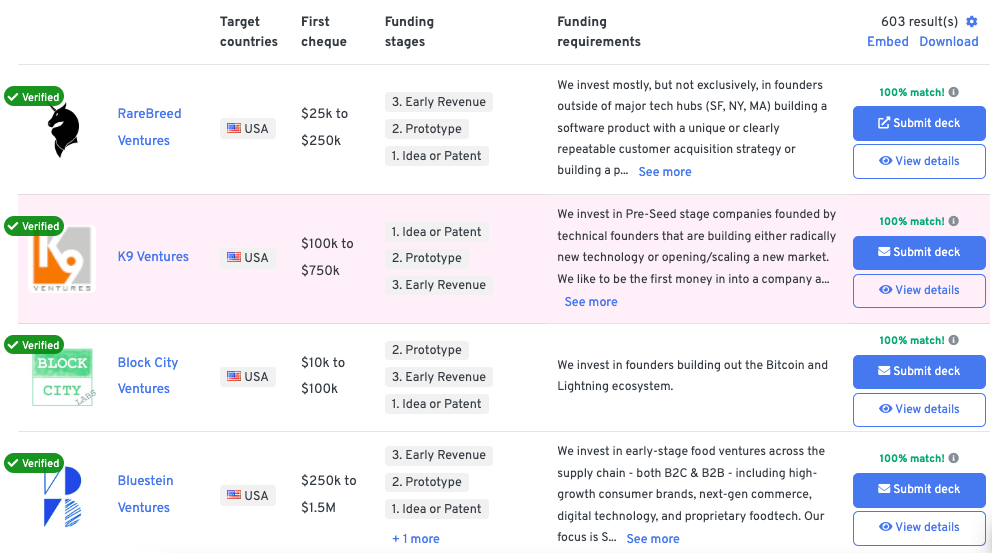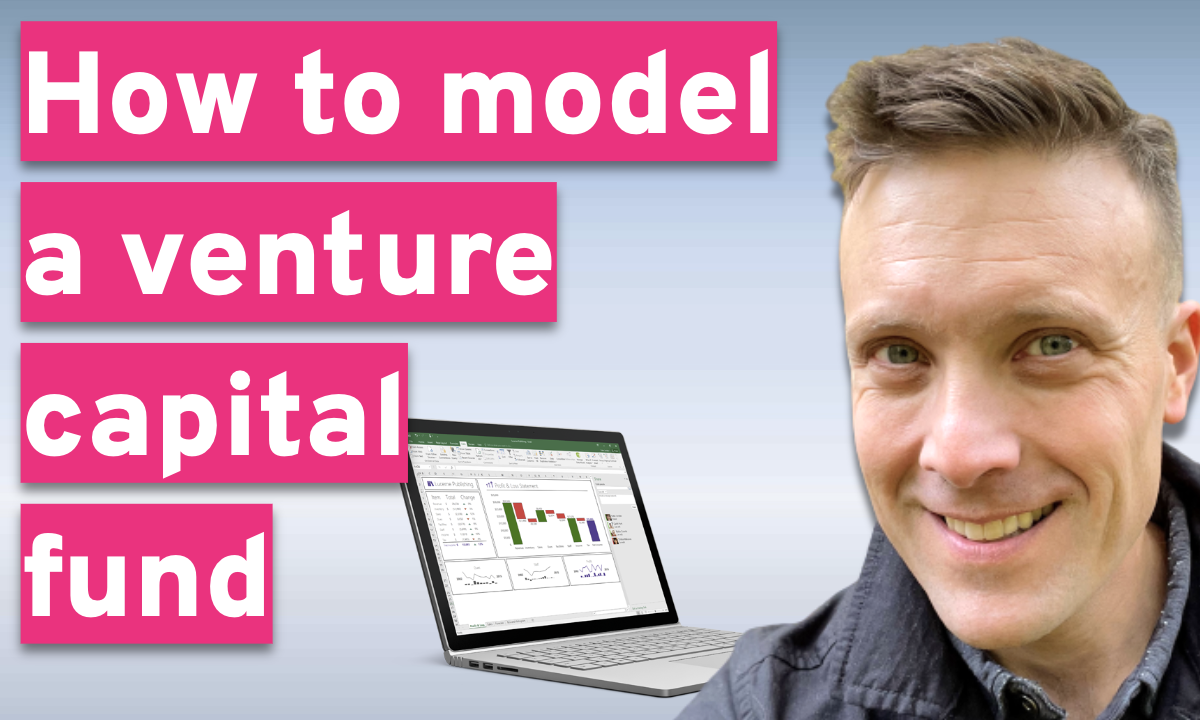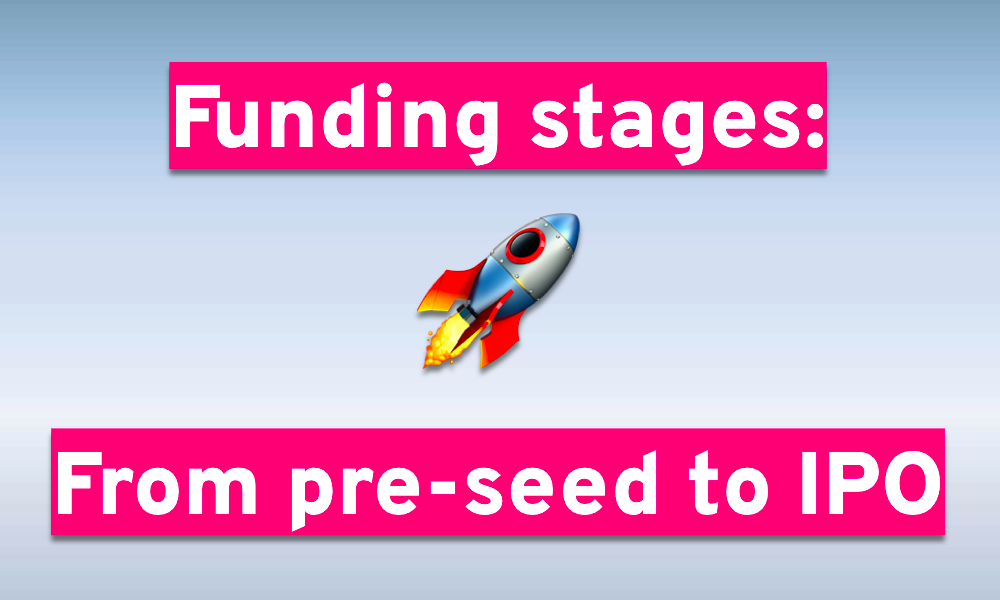So, you have been working on your startup for months, maybe even years. You did your research, have a limited user base, a general idea of the business, a name and logo (which is “lit” as the kids say), listened to feedback, bootstrapped every single expense, and pivoted so hard that your co-founder is still in physical therapy for whiplash.
You are ready to take on outside investment.
Congratulations! You are now a startup in the pre-seed stage.
The pre-seed stage is also referred to as the angel round stage or as the “hey mom and dad, this is the opportunity to get in on the ground floor of my company stage (A.K.A. the friends and family round).” This is the earliest stage of a startup seeking external funding and any funds raised usually come from the founders themselves as well as the 3Fs (friends, families, and fools) and angel investors.
But what does pre-seed really mean? How do you raise a successful pre-seed round? More importantly, how do you go from the pre-seed to the seed stage? This is exactly what this post is going to discuss.
Table of Contents
What is the pre-seed round?
Pre-Seed funding is the earliest funding round where a startup raises external money to validate its existence. Or if you want to get truly technical, Crunchbase defines it as “a pre-institutional seed round that either has no institutional investors or is a very low amount, often below $150k.” Whether that be to test a hypothesis or fill possible demand, outside investment is needed.
Why is this the case?
Because unless you have an unlimited bank account from an inheritance or are still living off of your lottery winnings, there will be a need for outside capital. While certain startups can bootstrap their way to an exit (such as Mailchimp, which ended up exiting for $12Bn ), the vast majority will need to seek additional investment.
And raising investment at this stage is the most difficult.
Why?
Because startups are inherently risky and dangerous. This is especially the case for pre-seed startups.
Few people are willing to gamble significant amounts of money on an idea without a track record or an existing customer base. It is an extremely risky endeavor for any investor, whether it be angel or VC, as the idea may never mature into an actual product that is released into the market. As this is the riskiest stage of a company, the founding team is the center of any investor valuation. It is far easier to raise a pre-seed round if the founders were successful in their last entrepreneurial venture. This is evident in the chart below that ranks decision factors for VC investors.
But having a great team is not enough. Let's take a look at the requirements for a successful pre-seed round.
What's the difference between pre-seed and seed funding?
Pre-seed and seed funding are both early-stage investments, but they serve slightly different purposes. Pre-seed funding for startups is the very first round, typically used to get an idea off the ground. At this stage, founders are focused on developing a prototype, conducting initial market research, and building a team. Pre-seed rounds usually involve smaller amounts of capital from friends, family, angel investors, or startup accelerators.
On the other hand, seed funding comes next and is used to fuel product development and early growth. With seed funding, startups generally have a working product and some market validation—such as beta users or paying customers—and now need capital to scale, hire key employees, or improve their product. Seed rounds typically involve larger sums and attract institutional investors like venture capital firms or micro-VCs.
Are you ready for a pre-seed round?
Many founders are in such a rush to get to market that they often make amateur mistakes (like not even being incorporated or having the correct company structure).
Don’t be one of them.
While there is no way to accurately tell if you are ready for a pre-seed round, here are a few things to keep in mind.
- A legal entity. There are only two reasons to incorporate a company - taking money from customers or taking money from investors. Before seeking a pre-seed round, make sure you have all paperwork and legal documents ready: incorporation certificates, partnership agreements, IP assignment agreements, operating agreements, bylaws, and shareholder agreements.
- A proven, complementary founding team. The founders or founding team should have all the core skills needed to execute on the plan. For example, it would be expected that a software startup has a founder who can code the MVP. Besides the skills, investors will look at your track record. How much experience do you have in the industry you're going after? What level of responsibility have you achieved so far?
- A working prototype. Unless you have a proven track record, you will need more than a simple idea and a deck filled with some charts and infographics showcasing the size of the market. Avoid the rookie mistakes and bootstrap your way to a working prototype that showcases the features of the product or service. Additional capital is required to continue to the next level.
- Some sort of market validation. At pre-seed, having reached product-market fit is rare, so investors will satisfy themselves with early signs of market validation: waitlist, free users, letters of intent, etc. If you already have paying customers and are growing revenue month after month, you possess an advantage over the vast amount of pre-seed startups which are pre-revenue.
- A pitch deck that tells a story. Investors expect a pitch deck that highlights the problem you’re solving, your product, market size, early traction, and your team. Keep it simple and engaging—you’re not just presenting data, you’re selling your vision. A well-designed deck also shows that you understand how to communicate and engage with investors.
Christopher Algier lists the most critical fundraising criteria in the following chart for pre-seed companies.
It is also important to note that at this stage, founders should attempt to have realistic financial projections. Every deck has projections that go from thousands to hundreds of millions but only a miniscule amount are actually realistic. Founders should work on providing financial projections that are both realistic and exciting to possible pre-seed investors. Having said that, few investors will actually ask for financial projections at pre-seed - it's just too early for that.
Who invests in pre-seed rounds?
Pre-seed rounds are unique because they presents investors a large amount of risk and a large amount of reward. Here is a list of likely investors for your startup at this stage:
- The founders themselves.
- Family (including your weird Uncle).
- Friends (you helped move a couch, now you’re calling in a favor).
- Fools who don’t understand the product but want to be involved.
- Select angel investors.
- Select VCs who consider pre-seed stage startups. These are often "micro-VCs."
- Crowdfunding platforms.
- Incubators and accelerators.
- Some VC scouts.
It should also be noted that the top founders can afford to be picky about who they want on their cap table and will prefer strategic investors that bring added value. After all, your weird uncle may have a large bank account but may not be able to offer sound business advice or tactical connections that could make a difference. Plus, the quality of the people on your pre-seed cap table will be a factor for future investors when raising your next round (seed). It is not uncommon for investors to ask who else is investing. Pre-seed rounds often leave room in the cap table for further investment rounds.
Find your ideal investors now 🚀
Browse 5,000+ investors, share your pitch deck, and manage replies - all for free.
Get Started
What are the pre-seed valuations?
At this stage, the valuation of the company can be all over the place. It is not uncommon to see pre-seed valuations between $500k-$5 million. Founders need to understand that even though it may be a billion dollar idea in their mind, the reality of fundraising as a pre-seed company takes priority.
Kudos to the good people of Bowery Capital for the helpful chart below.
How much equity should you give in a pre-seed round?
In a pre-seed round, it's common for startups to give away 10-20% equity in exchange for funding. The exact amount depends on how much capital you need, your startup’s valuation, and the level of risk the investor is taking. Since valuations at the pre-seed stage are often low (and based more on potential than hard metrics), founders need to balance raising enough money with keeping enough ownership to attract future investors in later rounds.
How long does the pre-seed round last?
The pre-seed round has no set time limit. It may happen quickly or could drag out for months. It depends on the founders, their personal experiences and professional networks, as well as the nature of the company. This is largely due to the fact that pre-seed often comes from non-professional investors who don’t have a time horizon for the exit.
You should anticipate 12-18 months as a timeframe for the pre-seed phase. As the pre-seed round is often raised via SAFE Notes, there is no need to raise all the money at once. Smart founders can and should utilize Paul Graham’s high-resolution fundraising. Compared with a traditional "all at once" round, high-resolution fundraising suggests that you should slice your round into tranches which allows you to offer more attractive terms to the first checks in and adjust the amount raised according to your actual needs as time goes by.
Uses of pre-seed capital
Let’s say you created the Uber for amphibians and it has a huge amount of demand, especially for pet shops and conferences around the country. You are onto something so you manage to raise a nice amount of capital from your network of sophisticated investors (thanks Grandma).
What exactly is the capital used for at this stage? Pre-seed capital is often used for:
- Hiring a team and/or paying the founder's salary
- Getting an office up and running.
- Paying for the legal and incorporation fees.
- Marketing and market testing.
See below two examples from startups Lula and Fittr pulled from our OpenDeck database.
Also, keep in mind that not all startups need to raise a pre-seed round. Some manage to skip that phase and bootstrap straight to seed or Series A - or even to an exit! But in many cases, a pre-seed round is the way to go.
What's the difference between pre-seed, seed, and Series A?
We knew you would say that! Check out our blog post on the Funding Stages of Startup Funding for a complete overview of each stage.
- Pre-seed funding helps founders develop an idea, build a prototype, and validate the market. It’s often small amounts from friends, family, or angel investors.
- Seed funding follows, supporting early product development, hiring, and gaining initial traction. Startups at this stage usually have some market validation—like beta users or revenue—and raise larger sums from angel investors, micro-VCs, or accelerators.
- Series A is the first major round led by institutional investors, focusing on scaling the business. Companies at this stage have product-market fit and revenue growth, and they need capital to expand their market presence, optimize operations, and hire extensively.In short, pre-seed is about building, seed is about proving, and Series A is about scaling.
List of pre-seed investors
Here at OpenVC, we have over 5,000 funds, accelerators, and angels on our platform. With investors who invest in startups from the idea stage to scaling (with check sizes ranging from $5,000 to $10M+), connecting with the right investor just got easier. 100% open and free, of course.

As always, make sure that your company fits their investment thesis before submitting your deck. 😉
Find your ideal investors now 🚀
Browse 5,000+ investors, share your pitch deck, and manage replies - all for free.
Get Started









